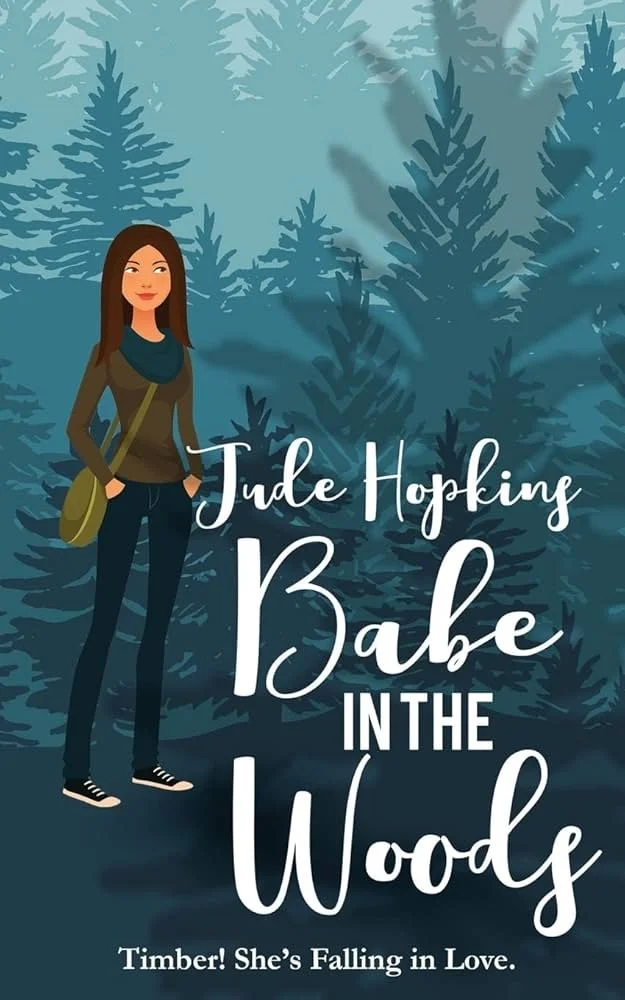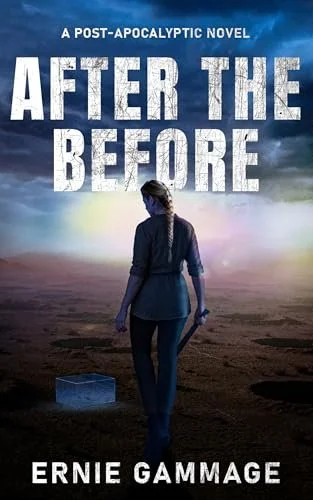Literary Titan Book Award Winner
★
Literary Titan Book Award Winner ★
From the Author: Can children born into a cult escape the only world they've ever known?
Danny Calvert thinks part of American society is about to crash and burn. Capitalism, if he's lucky. But when a college friend dies in jail, he joins an apocalyptic religious cult and begins printing the increasingly dark writings of its charismatic leader. Father Joseph says "unless you become like children, you will never enter the Kingdom of Heaven."
But "become like children" means just that. Father Joseph moves his followers to Europe to avoid scrutiny, and controls them such that Danny isn't allowed to marry Deborah, the woman he loves, but is forced to marry someone else. He has children by both women, and they’re as determined to escape the world they grew up in as Danny was to escape his own world years ago.
Set during the last years of the Cold War, and inspired by real events, The Children of the Children explores the price that people pay for following a leader who demands unquestioning belief, and the price their children pay to break free.
What Reviewers Are Saying:
"Lays bare the long shadow of belief systems built on control, secrecy, and survival." - Literary Titan
"Haunting" - Feathered Quill Book Reviews
From a Reader:
“An incredible story! It was hard to put this book down knowing this sort of thing actually happens.”






